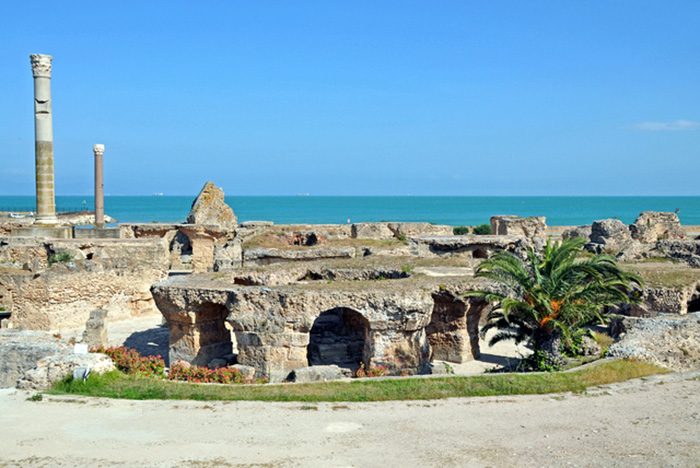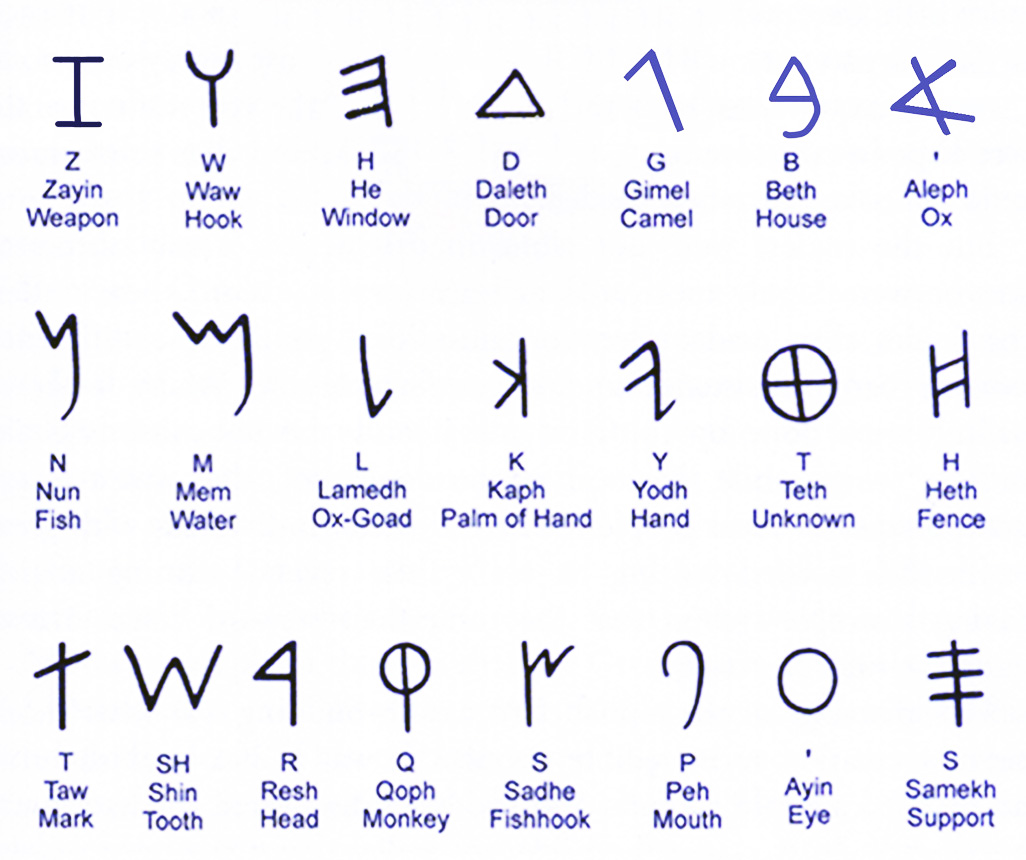Phoenicians were engaged in livestock breeding and agriculture. They created a system of terraced farming, irrigation was properly deployed on the terraces. The terraces were used for growing orchards and vineyards. They cultivated wheat, barley, millet. Crafting appeared very early. In the mountains of Lebanon there was an iron ore which extraction and processing did not make a major technical problem. Their metal processing was superb. They developed weaving production. Phoenicians produced purple color whose quality was very high. They used that color to paint fabric and the secret of its production they selfishly guarded. The color was obtained from some species of shells, and the price of the dress was so high that only rich people could afford it. Phoenicians got their name by this color. The Greeks called them Phoiniki – Φοινίκη from their word for purple.
Phoenician Trade
On the Phoenician trade influenced three factors: geographic, agricultural, and crafting factor. Phoenician cities lay on the crossroads of important trade routes to the countries of Central Asia and they have merged with the basin of Aegean Sea, with Africa and Arabia. The trade was conducted by land and by sea. The caravan traders were moving from Asia Minor, from Mesopotamia, from Arabia, of the Red Sea and from Egypt arriving in the cities of the Phoenician coast. Even in the IV Millennium BC in the era of the old empire, Egyptians exported from Phoenicia different goods: wine, olive oil, cattle, wheat, cosmetics. Phoenicians were known for shipbuilding because they have developed skills to build ships. Apart from shipbuilding industry, they were also known for the processing of timbering, for making furniture, processing, and preparation of ivory. One of the first efforts that king Ahiram I made for Asian trade is the famous commercial treaty signed with Solomon. In this document, they agreed to engage in large-scale commercial transactions.
Ahiram provided advanced technology, building material (cedar and cypress wood to both David and Solomon), specialist technical assistance (architects & craftsmen), services and luxury goods in exchange for Solomon’s silver, farm products, and “food for the royal household” (20,000 cors each of wheat and barley and 20,000 baths of olive oil per year). The agricultural products sent to Tyre were received on an annual basis over a period of twenty years. Hiram’s craftsmen designed and built the temple of Jerusalem and the Palace of Solomon. Among the furnishings these craftsmen built were two bronze pillars (18 cubits high and 12 cubits in circumference with finely worked bronze capitols on each, rising another 5 cubits), 10 decorated bronze stands (each 4 cubits long, 4 cubits wide, and 3 cubits high) on wheels with bronze axles and each holding a decorated bronze basin (holding 40 baths each), a ‘sea’ (large reservoir of water) measuring 10 cubits across and 5 cubits high holding 2,000 baths) as well as the 12 bulls it rested on, and bronze pots, shovels, and sprinkling bowls which were too numerous to count. Israel also paid 120 talents of gold to Tyre and turned over “twenty cities” in the lands of Galilee as a guarantee of the agreements. Solomon needed more wood and gold-work than he expected. The 20 cities were turned over to him as a surety that the debt would be paid. When it was paid, the cities were returned to Solomon. Tyre, therefore, was given a strong presence in the ‘land of Cabul’ (part of the rich wheat and olive oil producing plain of Asdralon). According to Aubet, archeological evidence has proven there to have been Tyrian enclaves in Akhziv, Akko, Tell Keisan and Tell Abu Hawam. Although not mentioned in the agreement, Solomon was receiving horses and carriages from way up in Cappadocia and Cilicia. These had to have come by Phoenician ships, probably Tyrian ones.



Trades in the Mediterranean led to the founding of the colony. One of the most significant colonies was the Kition (today’s Larnaca) in Cyprus, which was founded by Tyre in the middle of the IX century BC. From Crete, Phoenician traders sailed further to the west, to Crete, Rhodes, Greek mainland, Sicily.
In 814 BC, on the territory of today’s Tunis, was founded Kart – Hadasht (New Town. Carthage). This colony not only became the most important Tyre colony, but with its prestige and wealth it outgrown Tyre. From there, they spread their strongholds along the African coast all the way to Spain. On an island of the west coast of Spain, they founded the colony of Gadir (today’s Cádiz). It is possible that they came all the way to the Azov islands and Britain. At the request of Egypt Pharaoh Necho II, expedition, which was consisted of Phoenicians sailed entire African continent.
Organization of government



Kings, who in addition to political power had priestly duties, ruled Phoenician cities. In addition to the king, in the city was council that together with the king governed the city. There is not much information about administration of early Phoenician colonies. Probably at the beginning, these colonies were strongly associated with the matrix, but probably later, when Phoenicia came under the power of Assyria, and later under Neo-Babylonian Empire and Persia, the colonies became independent and started themselves to establish own colonies.
Phoenician culture inherited numerous achievements of Canaanite culture from the Bronze Age. This can be seen above all in the Parthenon and in cult practices. Most of Canaanite deities are worshiped in Phoenicia. Nevertheless, there are testimonies that new deities and processes are syncretism. Each Phoenician city celebrated its gods of protection, which was embodied in the divine couples.
The most significant achievement of the Phoenicians is consonant alphabet. In Phoenicia, the alphabet appeared in the XIII century. The development of trade contributed to the development of the script. Every voice in the Phoenician alphabet marked one character that is how it was created first alphabet with 22 letters. From the Phoenician alphabet evolved Ancient Jews letter, and later Punic letter. From the Phoenician letters developed Ethiopic and the Ancient Greek alphabet.
